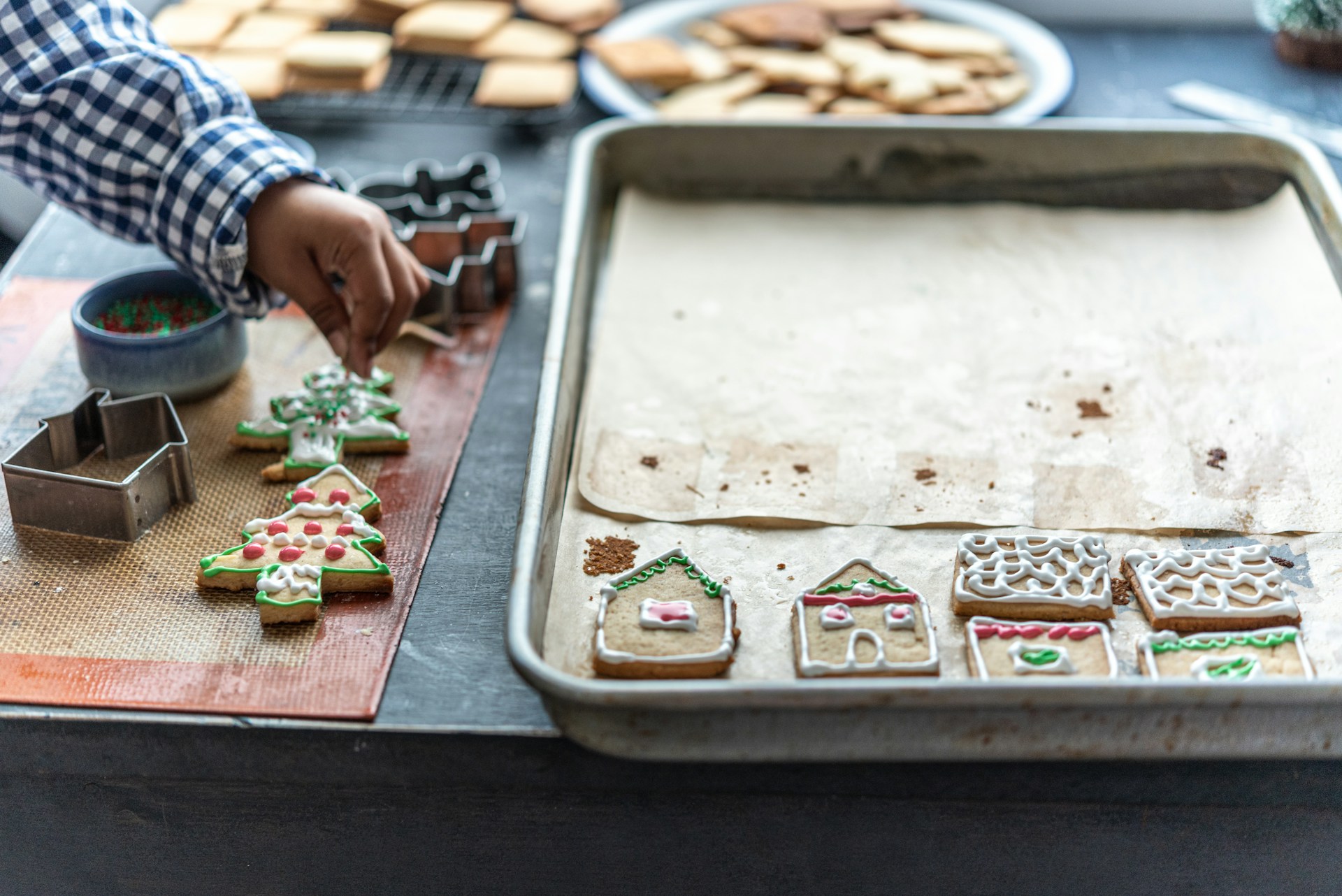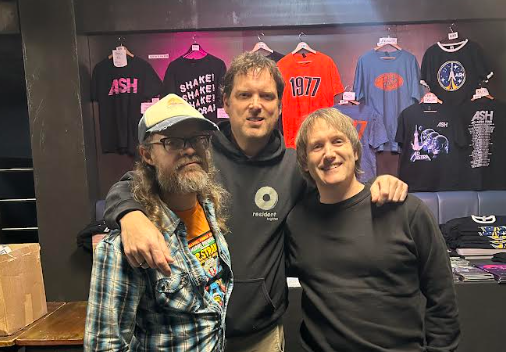by Lauren Daly
What was it like growing up doing graffiti?
I remember growing up seeing these huge and really inspiring communist walls that had been done during the 70┬┤s revolution to end the dictatorship we had in Portugal.
I first started painting in my garage. I painted for 5 years and I had these huge layers of paint on the wall because I wasn’t good enough to come out on the streets and I wanted to make sure I had a good style.
Graffiti to me is full of good memories, of just hanging out, going to abandoned places. I remember doing a piece at the top of a 13-story building and we would go all the way up and you could see everything around you. Because it was an abandoned building we had to be careful because there were pathways which were a 13 story drop and you could fall through it.
Do you graffiti illegally or legally then?
I used to go to abandoned train stations to paint because we didn’t have any real spots. Then a few years later I went to the council and asked for walls which we could graffiti on. They had to respect this because it is an art form.
In these last years I’ve only been using legal walls because I think if I’m going to spend money on spray cans which are expensive, I would much prefer to spend a day or two’s work, rather than spending 10 minutes on something which isn’t that good.
How did the name Pluzbrut come about?
When you are in the graffiti culture it is very important for you to have your own unique tag and to have a set of skills that make you stand out.
When I started writing I had two different tags, one of them was too long, and the other wasn’t as impactful, so I went with the Pluz. Maybe 10 years later I added brut because I started doing things with the council and I didn’t want them to know my tag was Pluz which you could see in the streets.
How would you say your style has progressed?
I started watching people from my hometown and then the internet came about, and I started watching a lot of German graffiti and that was my main inspiration.
I also feel like I’m always changing styles to evolve and to try something I thought I wouldn’t be able to do. As well, I would say I now prefer to do more illustration and combining type into it. Most of the time I just do letters it’s just a way for me to relax and chill.
You’ve also said that the likes of hip-hop have influenced your work and graffiti itself, how so?
The very important thing with hip-hop is that it teaches you how to think for yourself. The other thing is because it’s all from the streets it’s a very vibrant culture which you can see in graffiti.
Do you know anything about the history of graffiti and how it began?
It started with a guy in New York who was a postman, his name was Tacky. He just left his name behind to get known and then the kids in New York noticed it and started doing scribblings on the wall, then they would do simple bubble letters to draw their name, then bombing where you add a base colour and then add on strokes and drop shadows. From there people would spend days and days on it just to try to evolve it.
In graffiti, there’s always new trends and influences from: tattoos, street art, works of art. And in 2001 and 2002 cities had their own styles because we didn’t have access to the internet. So nowadays, with the internet it’s really hard to be creative and to stand out when a lot has already been done.
Are there any rules to graffiti?
There are stupid people which just go over your work because there is no space. If there are murals that have been untouched, don’t touch it for as long as you can. Let it sit for at least one or two months. If it gets damaged by the sun or the rain it’s okay for you to go over otherwise just let it sit. When people are new to the scene I see people tag over you to try and earn respect but that just does the complete opposite.
For those who maybe haven’t done graffiti before what advise would you give to them?
If you wanted to do graffiti, you have to know the terms. But get in touch with people if you don’t understand the culture, you’ve got websites and Instagram. To me, I think Instagram is the biggest social media for graffiti so just send a message and try to get involved.
Graffiti is about being in a community. If you are new, develop your game: know how to create letters, know how to arrange the composition, and know how to work your colours. Everyone will respect you more.
What have you been working on recently or do you have any plans for the future?
Well, I do commissions and I’ve also been doing graffiti workshops for the past 4 months which each last about 2 hours each. These could be one on one sessions, or groups of 3 to 5 or 6 to 12. I love teaching other people how to do it because I never had this growing up.
And then, I’ve been doing some graphic design work on the side as well. My passion is also to do drawings for tattoos or I would love to draw upon skateboards or skate helmets.
Check out his website http://www.pluzbrut.com/ and follow Pluzbrut on Instagram and Facebook .










